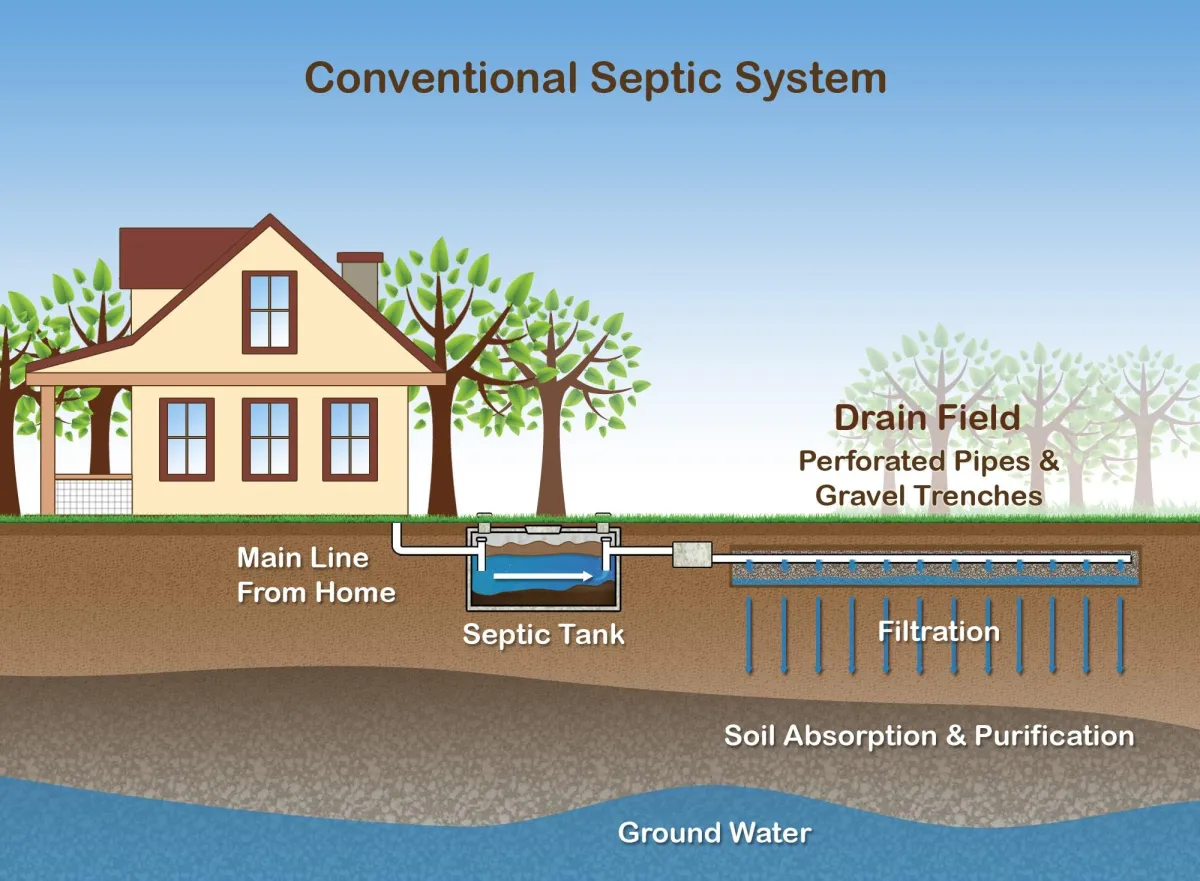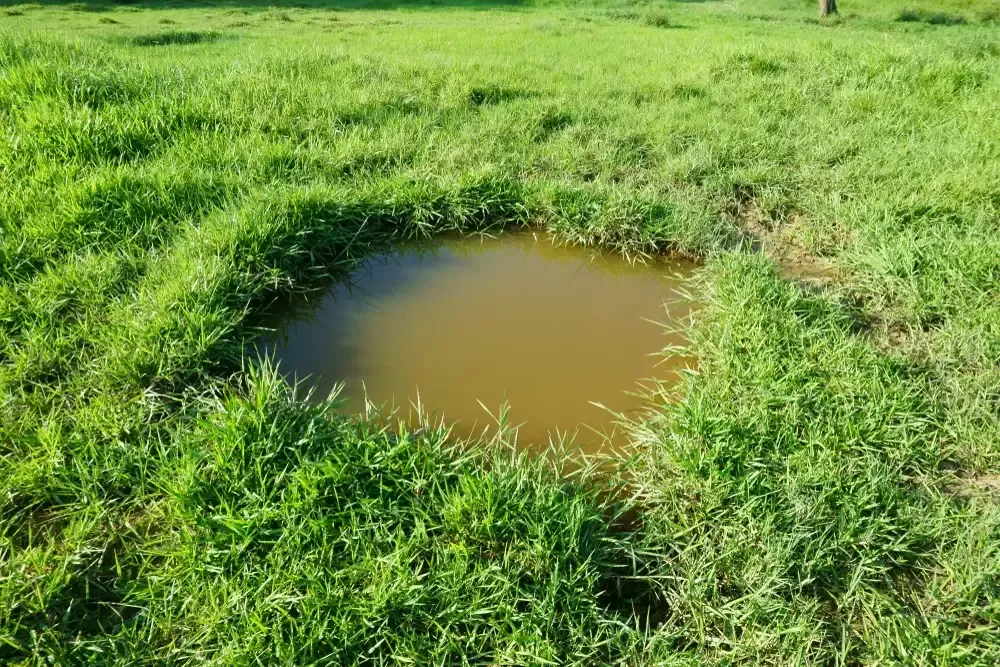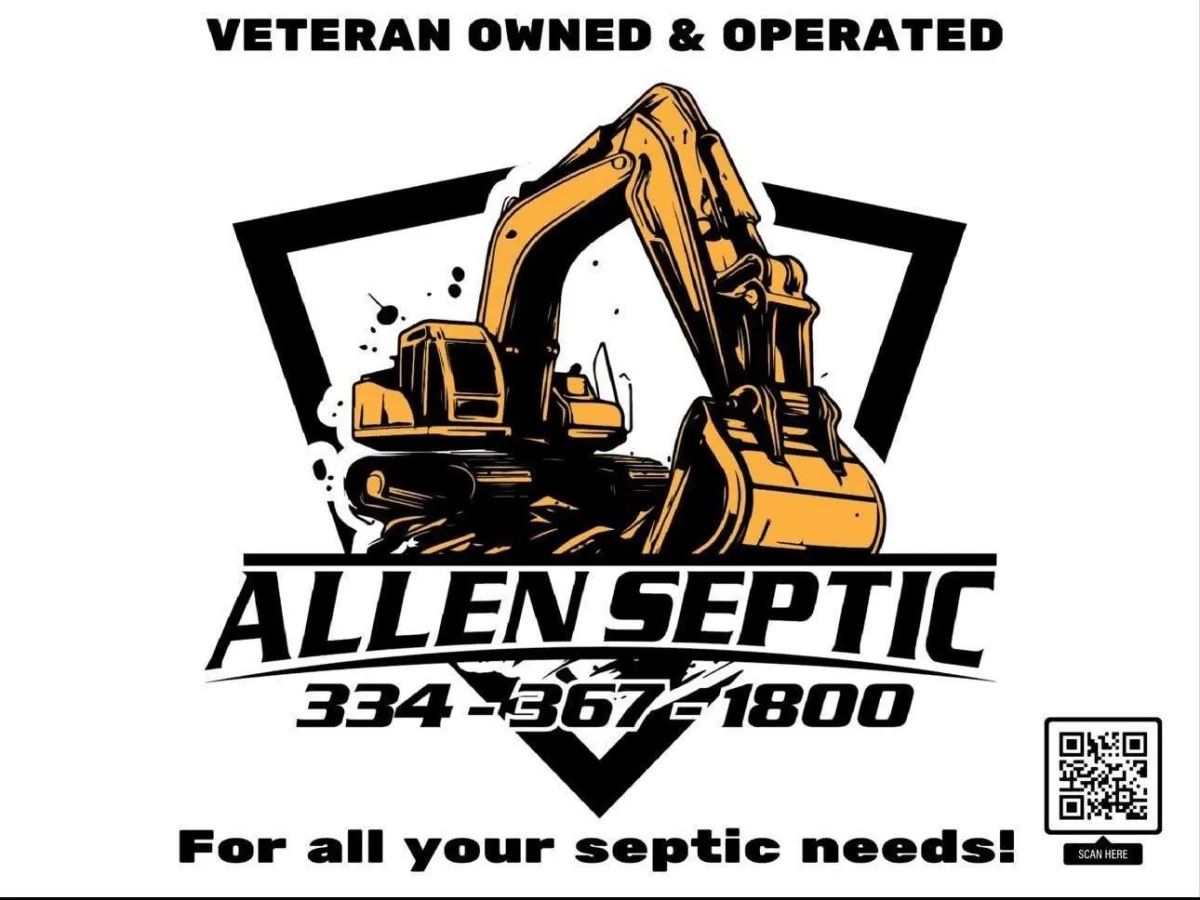Drain Field: The Backbone of Your System
Owning a home with a septic system means taking responsibility for a unique set of tasks. The drain field (also known as the leach field) is the backbone of your septic system. It’s buried somewhere in your yard, quietly treating wastewater before it re-enters the soil. Just as you wouldn’t neglect your own back’s health, paying attention to your drain field is crucial.
1. Why Is the Drain Field So Important?
A. Natural Cleansing: The drain field uses soil to naturally cleanse wastewater. It’s central to both your septic system’s well-being and the environment.
B. Signs of Trouble: Neglecting the drain field can lead to soggy spots, standing water, and unpleasant septic tank odors. Worse, backups can contaminate local water and result in costly repairs.
C. Preventative Maintenance: An ounce of prevention is worth a pound of cure. Regular maintenance helps avoid problems down the line.

2. Common Signs of Drain Field Issues
A. Soggy Spots: If your yard feels squishy or has standing water, your drain field might be struggling.
B. Unpleasant Odors: Foul smells near the septic tank are a red flag.
C. Contaminated Water: Backups can release untreated wastewater, endangering health and the environment.

3. How to Maintain Your Drain Field
A. Conserve Water: Install low-flow appliances and fixtures to reduce strain on the system.
B. Avoid Flushing Non-Biodegradable Items: Keep harmful materials out of your septic tank.
C. Regular Inspections: Have your septic tank inspected and pumped regularly.
D. Mind the Area: Don’t park heavy vehicles or plant trees over the drain field.

